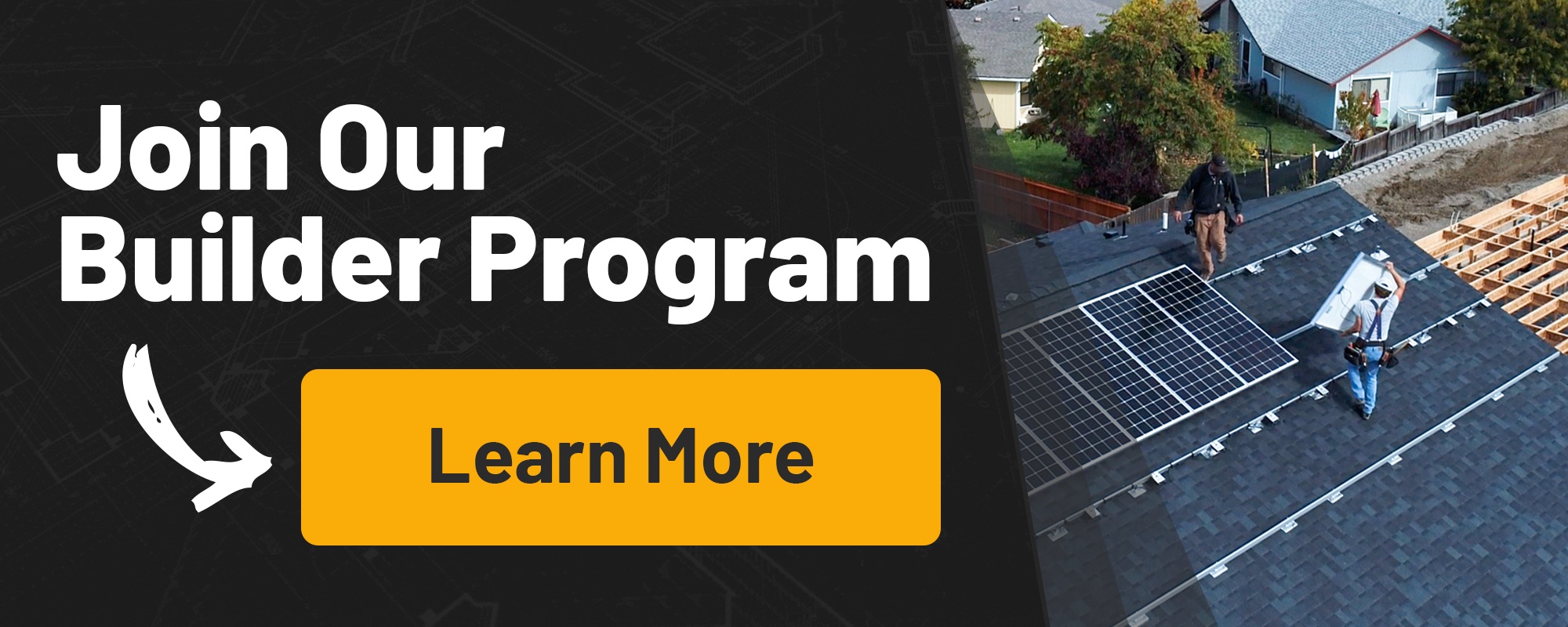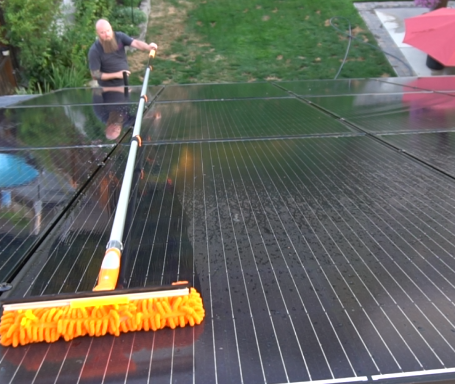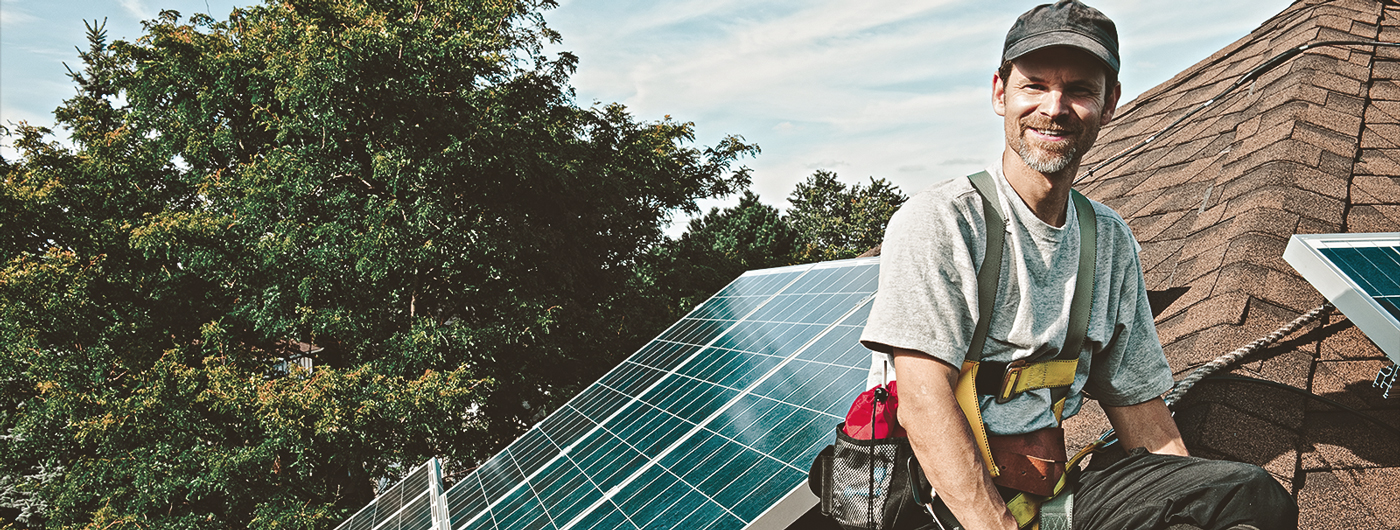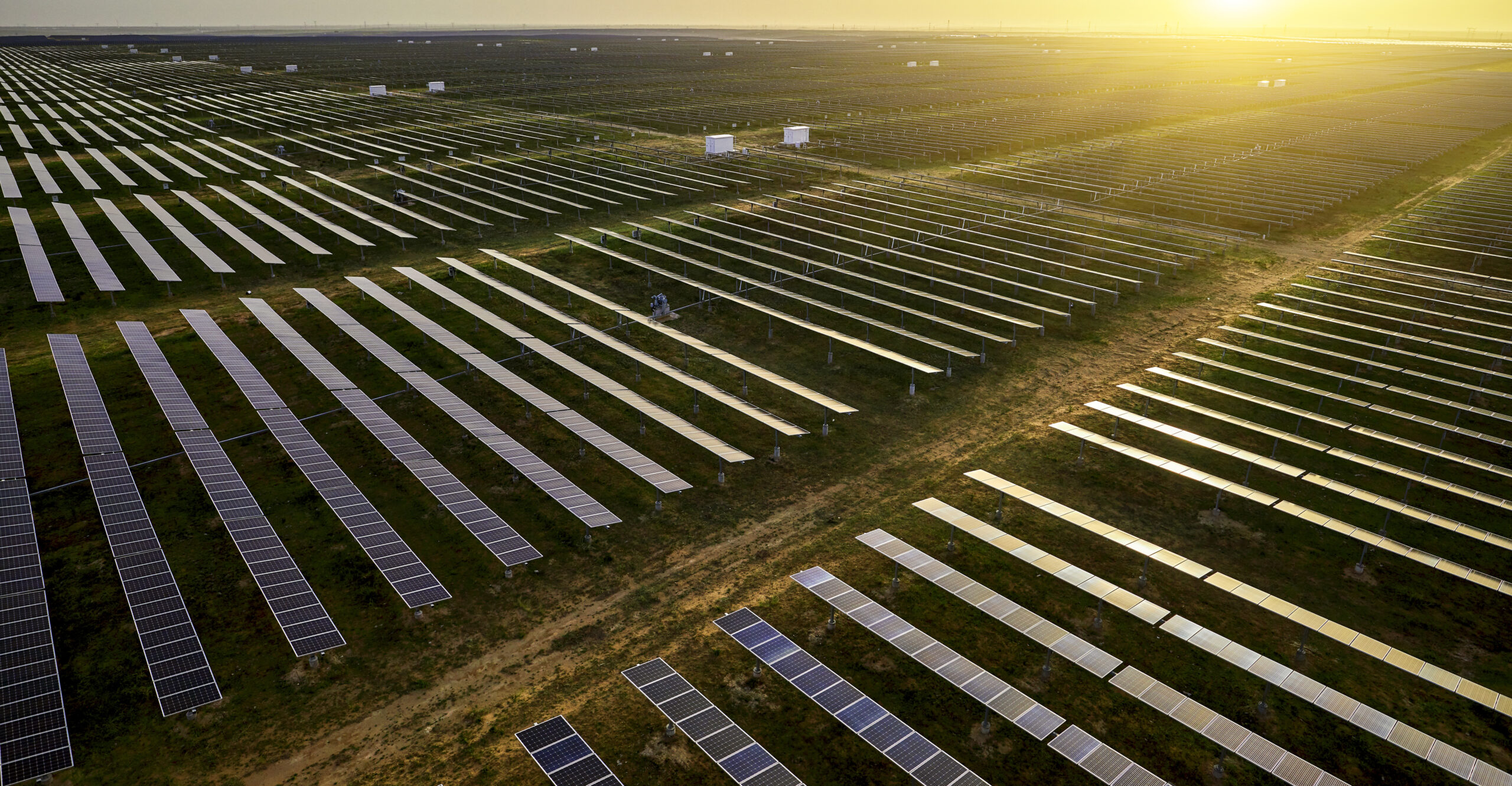You, as a builder, not only design exceptional homes but are also a force for environmental change.
How is that?
Well, today, the construction industry provides consumers access to green building materials and equipment.
And this is important because, as we all know, solar is now mandatory in California.
Not to be outdone, 10 states are considering a similar measure:
- Colorado
- Maryland
- Massachusetts
- Michigan
- Minnesota
- Nevada
- New Mexico
- North Carolina
- Pennsylvania
- Texas
Meanwhile, solar is now a “must-have” feature for 46% of homeowners who recognize the financial benefits of solar electricity.
However, both residential and commercial developments can benefit from solar power, but it’s not just a one-off purchase.
Over time, there’s a need to upgrade existing solar power system equipment to maximize utility.
And this is fantastic news for you, as a builder.
You have the opportunity to increase your profit margins with repeat customers . . . solar upgrade customers, that is.

Skepticism about the Need to Upgrade Components
The sales pitch for a solar installation differs from selling upgrades.
Consumers readily see the benefits of shifting to a solar energy system, but not necessarily the need to improve upon or expand a system that’s already been working for them.
And that’s because many of us have a limited understanding of how solar energy works, leading to confusion and hesitancy about why upgrades are needed.
There are several ways you can combat skepticism and increase your sales of upgrades.
Focus on Effective Marketing
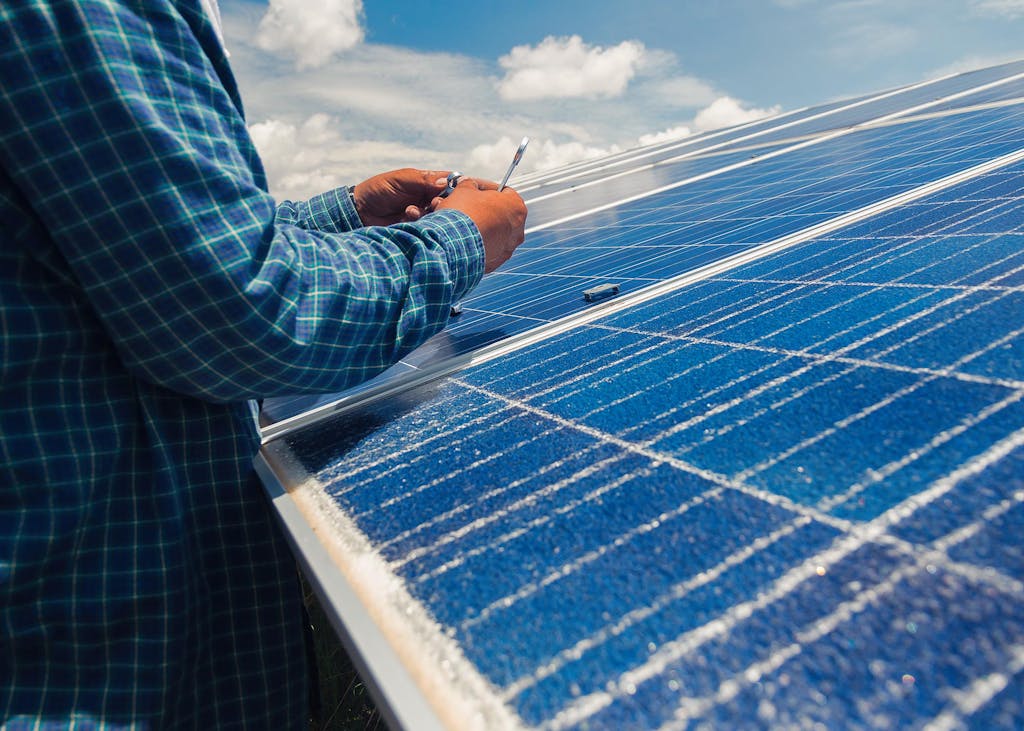
Now, we recognize that marketing is not your domain.
What you do best is build beautiful homes that customers love.
While your buyers may already be familiar with solar energy systems and equipment, it’s necessary to return to the basic elements of solar marketing to peak consumer interest.
These elements include:
- Products
- Consumers won’t be interested in an upgrade if the product itself doesn’t have both a reasonable price point or the reliability and value to support the price point.
- Therefore, initiatives or promotions can help overcome price point barriers.
- Place
- Dealing with “place” means promoting your reputation for quality installations or sourcing a reliable professional installer.
- Price & Promotion
- An effective marketing strategy to upgrade existing solar power system components should not focus solely on the specific benefits of the solar array but rather benefits to the consumer.
Many benefits can be generally applied to the solar system.
However, when dealing with consumers who have already installed solar equipment, the focus must shift toward more individual benefits to effectively reach this market.
Make the Complex Understandable
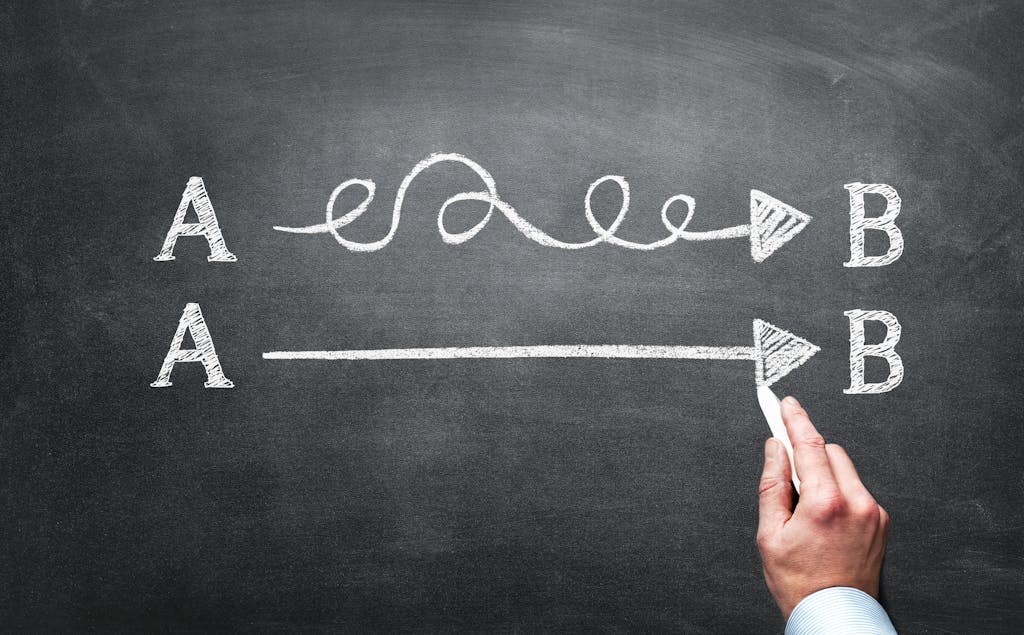
It’s far easier to make things complicated . . . especially when technology is involved.
That’s why current solar energy users may know little about the workings of their system and only pay attention to the savings they’ve come to enjoy.
Though the conversion process may be too technical to explain completely, you can simplify the need for an upgrade by showing inefficiencies in their current system.
Technology continues to evolve rapidly. It presents great benefits, such as an inverter that communicates with the highest levels of efficiency and reliability.
Meanwhile, the average household or business will use more electricity.
As this happens, energy costs may surge higher even with solar energy.
Older solar arrays using string inverters may underperform as electricity usage climbs, driving the need to upgrade existing solar power system components.
Breaking down the need for an upgrade based on cost-effectiveness is one way to ensure consumers clearly understand the necessity.
Rely on Research

A study by the National Renewable Energy Laboratory found several issues with certain systems, including:
- PV panels installed prior to 2000 had higher failure rates than those installed in the years after
- Modules installed in humid, hot climates experience greater degradation
- Systems that were over 20 years old experience discoloration
- Well-built panels are designed to last up to 30 years, but some of the systems installed over the last 10 years have concerns with internal circuitry discoloration after the development of hot spots
Between the research-supported evidence and technological advancements over the last few years, selling a solar upgrade isn’t a matter of preference or meeting a company sales quota.
It is a documented need if consumers wish to maximize the benefits of their renewable energy system.
Define the Reasons to Upgrade Existing Solar System Components
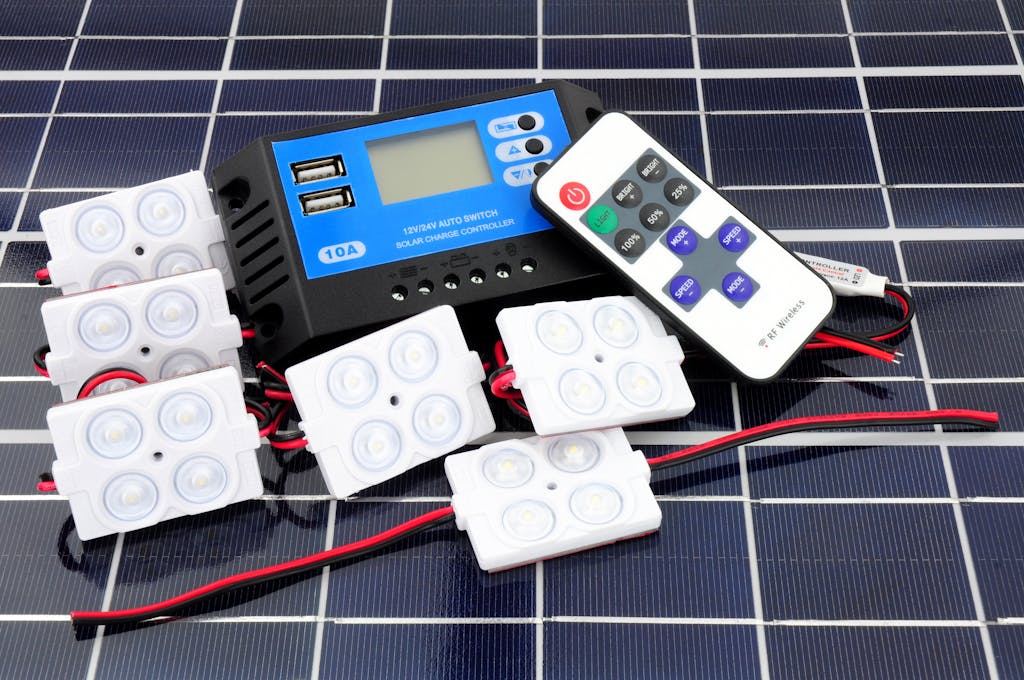
A bit of information can help consumers see the need for upgrades, but this may not be enough to demonstrate its value.
To merge need and value into motivation for a decision, you need to address the benefits of a system upgrade.
Early Failure
Given a lifespan between 20 to 30 years, it is possible (although rare) for panels to croak early.
Panels installed as a flush mount rooftop system demonstrated a potentially higher failure rate than panels with more air circulation.
Updates to the IEC standards for a crystalline silicon PV panel deal specifically with more rigorous testing for hot spots, one of the safety concerns and failures that can come from an older panel with poor installation consideration.
Greater Efficiency
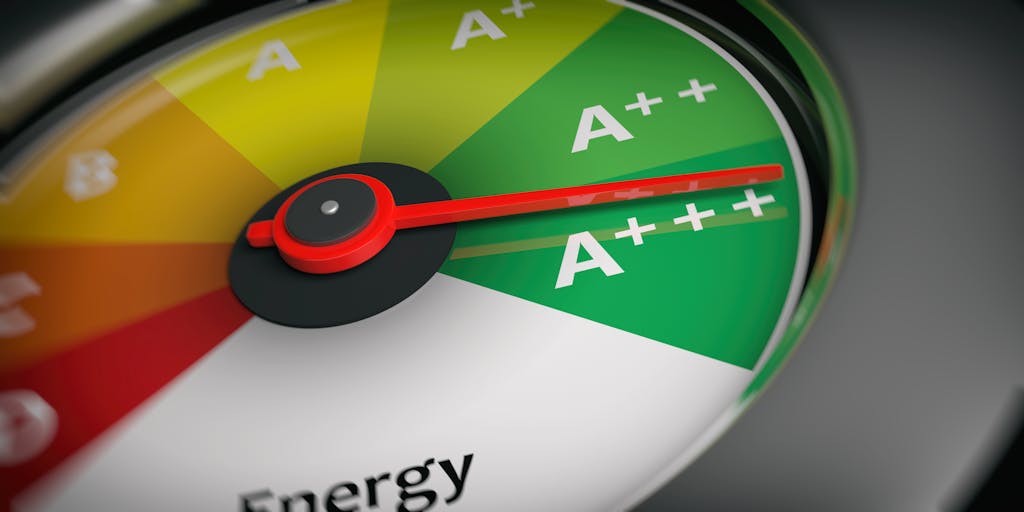
Builders typically install small systems for first-time solar array buyers because of the reasonable price.
As systems become more affordable, consumers can upgrade existing solar power system setups to larger systems for a better return on investment.
The change in consumer purchases from gas to more energy-efficient appliances can also increase energy consumption, and an upgrade can handle the additional usage.
Cost-Effectiveness

While the different components of a solar power unit are covered under warranty, the longevity of the panels typically surpasses that of the inverter.
In some cases, the warranty on an inverter is five years.
Trying to source and replace parts for outdated equipment without a warranty can turn into an expensive project.
Outdated equipment, such as cabling, panels, isolators, or the inverter, may also not meet current safety standards.
Better Positioning

It may be that the original installation spot for the solar array no longer yields the best results.
Many regulations concerning altering, removing, and reinstating currently installed solar panels because of safety and technical requirements.
In some cases, upgrading existing solar power system pieces allows the panels to be installed wherever necessary without these concerns.
Decide How to Upgrade Existing Solar Power System Components
Like all things in life, things wear out over time.
Solar system components are no different.
That’s why highlighting for your customer their system’s performance is key.
Everyone wants maximum efficiency and more money in their pocket, and this is what upgrades do.
Unbound Solar® provides industry-leading equipment from trusted manufacturers to give you and your customer peace of mind – that they can confidently and dependably meet their utility needs.
Call us at 1-888-665-1260 or request a quote today.
